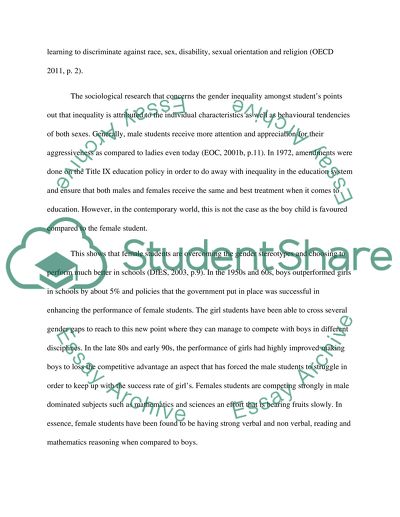Cite this document
(“How motivated are female students, towards academic success, and Literature review”, n.d.)
How motivated are female students, towards academic success, and Literature review. Retrieved from https://studentshare.org/sociology/1464224-how-motivated-are-female-students-towards-academic
How motivated are female students, towards academic success, and Literature review. Retrieved from https://studentshare.org/sociology/1464224-how-motivated-are-female-students-towards-academic
(How Motivated Are Female Students, towards Academic Success, and Literature Review)
How Motivated Are Female Students, towards Academic Success, and Literature Review. https://studentshare.org/sociology/1464224-how-motivated-are-female-students-towards-academic.
How Motivated Are Female Students, towards Academic Success, and Literature Review. https://studentshare.org/sociology/1464224-how-motivated-are-female-students-towards-academic.
“How Motivated Are Female Students, towards Academic Success, and Literature Review”, n.d. https://studentshare.org/sociology/1464224-how-motivated-are-female-students-towards-academic.


